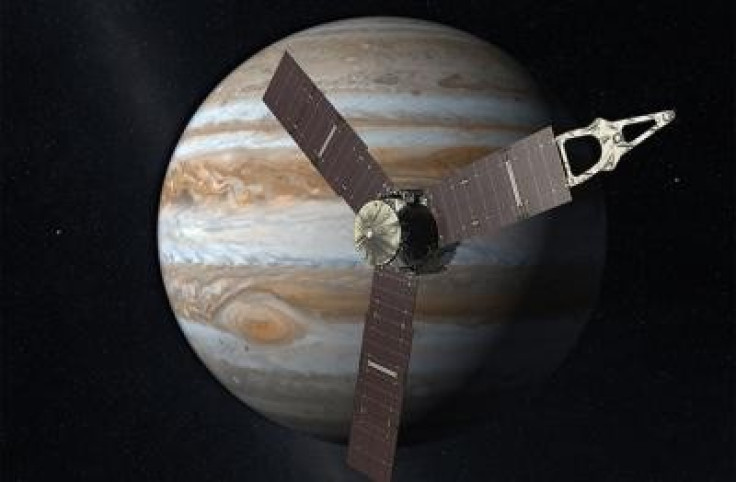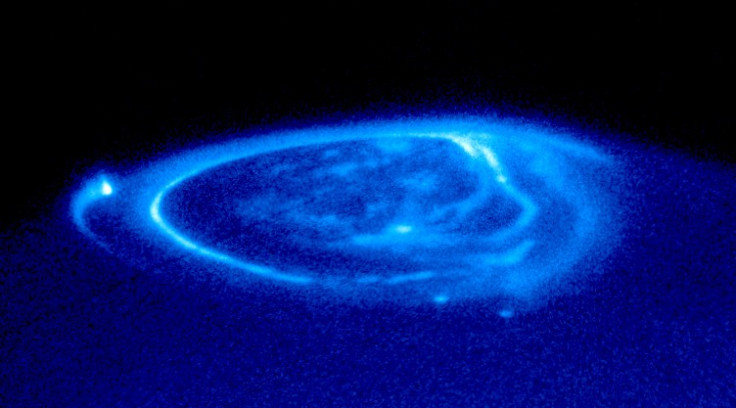Nasa's Juno to Slingshot Past Earth en Route to Jupiter at 25 Miles Per Second

Nasa's Juno spacecraft will be catapulted past Earth en route to Jupiter, passing our planet at around 25 miles per second.
Juno will fly past the planet around 350 miles from the Earth's surface at 3.21pm EDT (8.21pm GMT) today.
After it goes past Earth, Juno will be propelled towards Jupiter on its historic exploration of the planet. The spacecraft will arrive at the fifth planet from the sun in July 2016.
Bull Kurth, from the University of Iowa, was lead investigator on one of Juno's nine scientific instruments. He explained that the spacecraft has spent the last two years moving outwards past the orbit of Mars, before being slingshot around Earth.
"Juno will be really smoking as it passes Earth at a speed of about 25 miles per second relative to the sun. But it will need every bit of this speed to get to Jupiter for its July 4, 2016 capture into polar orbit about Jupiter. The first half of its journey has been simply to set up this gravity assist with Earth."
Kurth and his colleagues Don Gurnett and George Hospodarsky said Juno will orbit Jupiter 33 times over the course of the year.

They said Juno will orbit both poles and go around 1.75 million miles from the largest planet in our solar system every 11 days.
The spacecraft will measure Jupiter's polar magnetosphere and explore the solar system's most powerful auroras - the planet's northern and southern lights - by flying directly through them.
"Jupiter has the largest and most energetic magnetosphere, and to finally get an opportunity to study the nature of its auroras and the role radio and plasma waves play in their generation makes Juno a really exciting mission for me," Kurth said.
Juno's other objectives are to determine how much water and ammonia is present in the atmosphere and map the planet's magnetic and gravity fields.
After orbiting the planet for a year, Juno will go to a fiery death by entering Jupiter's atmosphere. This is to ensure it does not collide with the planet's moon Europa, as this could jeopardise future life-seeking missions to the moon by contaminating the icy world.
© Copyright IBTimes 2024. All rights reserved.






